Home>Garden Essentials>Where Are Celery Seeds
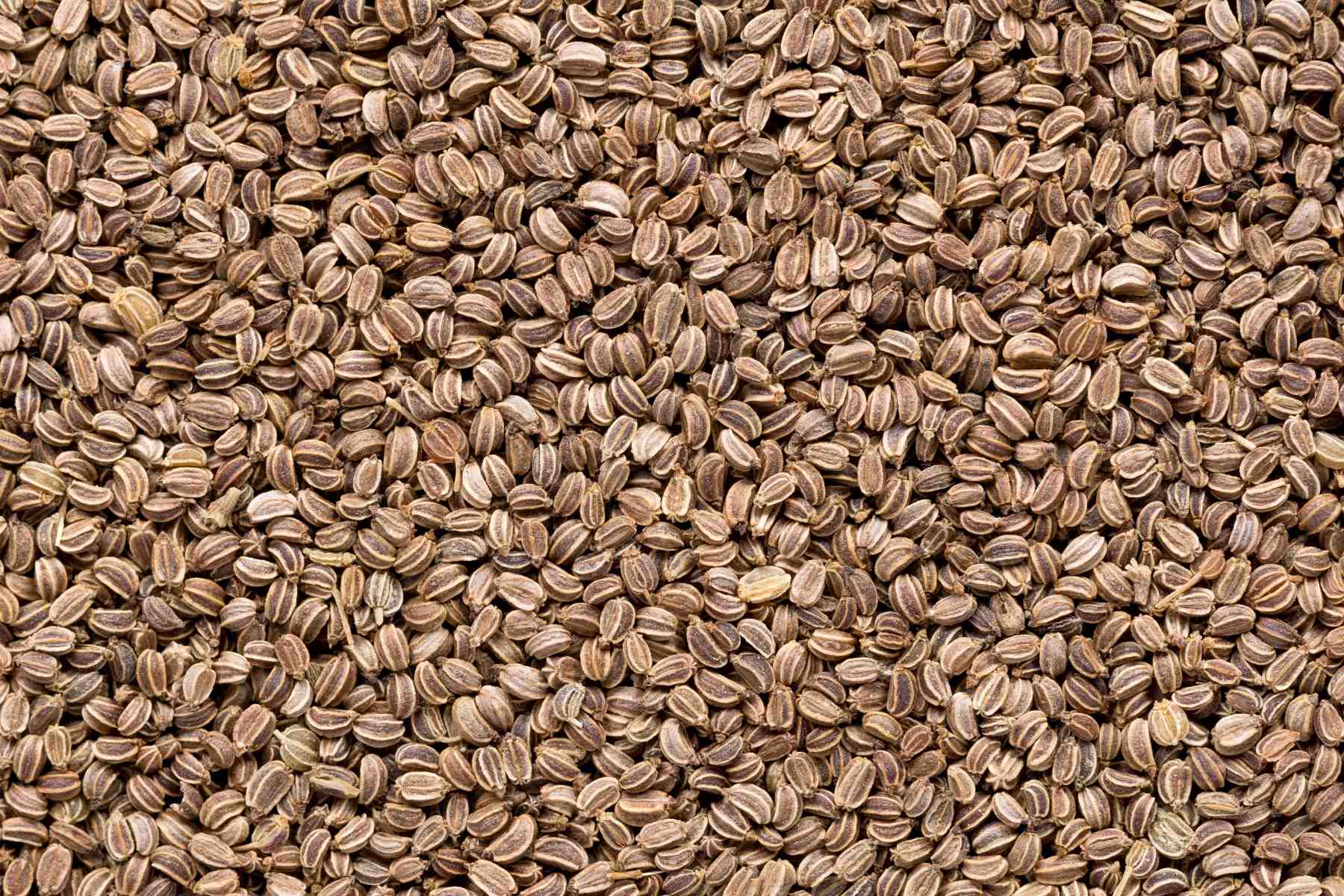

Garden Essentials
Where Are Celery Seeds
Modified: March 24, 2024
Discover the garden secrets of celery seeds. Learn where to find them and how to grow them in your own backyard. Enhance your garden with this versatile herb.
(Many of the links in this article redirect to a specific reviewed product. Your purchase of these products through affiliate links helps to generate commission for Storables.com, at no extra cost. Learn more)
Introduction
Welcome to the world of celery seeds! These tiny wonders of nature hold a wealth of flavor and medicinal properties that make them a must-have in any garden or spice rack. Whether you’re a gourmet chef looking to add a unique twist to your dishes or a herbal enthusiast seeking natural remedies, celery seeds are sure to captivate your senses.
In this article, we’ll delve into the fascinating world of celery seeds, exploring their origins, culinary uses, medicinal benefits, and everything in between. So, grab a cup of tea and let’s embark on a journey to discover the many wonders that celery seeds have to offer.
Key Takeaways:
- Celery seeds offer a world of culinary and medicinal possibilities, from enhancing flavors in dishes to providing potential health benefits such as anti-inflammatory and digestive support.
- Sourcing celery seeds may pose challenges, but exploring local nurseries, online seed companies, and seed saving can provide rewarding solutions for obtaining these versatile and valuable seeds.
Read more: Where Are The Seeds In Celery
Background on Celery Seeds
Celery seeds, scientifically known as Apium graveolens, are derived from the common celery plant, which is a member of the Apiaceae family. Native to the Mediterranean region, celery has been cultivated for thousands of years for both its edible stalks and its seeds.
The seeds themselves are small and light brown in color and have a distinct, aromatic scent. They are harvested when the celery plant has fully matured and gone to seed, which typically occurs in the second year of growth. Once harvested, the seeds can be dried and used in a variety of culinary and medicinal applications.
Historically, celery seeds have been used in ancient Ayurvedic medicine and traditional Chinese medicine for their healing properties. They were believed to have diuretic, anti-inflammatory, and digestive benefits. Today, modern scientific research is beginning to uncover the potential health benefits of celery seeds, leading to increased interest in their therapeutic applications.
Culinary Uses of Celery Seeds:
- Spice Blends: Celery seeds are a key ingredient in many spice blends, including curry powder, pickling spice, and Old Bay seasoning. They add a unique, savory flavor with hints of celery and earthiness.
- Soups and Stews: Adding celery seeds to soups and stews can enhance the depth of flavor and provide a subtle, yet distinct, taste.
- Baking: Celery seeds can be incorporated into breads, crackers, and baked goods to infuse them with a delightful herbal note.
- Salad Dressings and Sauces: The addition of celery seeds to dressings and sauces can bring a zesty and tangy element to these dishes.
Medicinal Uses of Celery Seeds:
- Anti-inflammatory Properties: Celery seeds contain compounds such as apigenin and luteolin, which have shown anti-inflammatory effects. They may help reduce inflammation in the body and alleviate symptoms of conditions such as arthritis.
- Diuretic Effects: The natural diuretic properties of celery seeds can aid in the elimination of excess fluid and toxins from the body, potentially benefiting those with conditions such as hypertension or edema.
- Digestive Health: Celery seeds have been traditionally used to support digestive health, as they may help stimulate digestion and relieve symptoms such as bloating and indigestion.
Now that we’ve established the background and versatility of celery seeds, let’s explore how they are cultivated and harvested.
Culinary Uses of Celery Seeds
Celery seeds are a versatile ingredient that can add a unique and delightful flavor to a wide range of dishes. Here are some exciting culinary uses for celery seeds:
- Spice Blends: When it comes to spice blends, celery seeds play a key role in adding depth and complexity of flavors. They are a common ingredient in curry powders, pickling spice blends, and Old Bay seasoning. The distinct taste of celery seeds brings a savory and slightly bitter note to these blends, enhancing the overall taste of the dish.
- Soups and Stews: Celery seeds can be a secret weapon when it comes to soups and stews. Adding a pinch of celery seeds to your recipes can elevate the flavor profile and provide a subtle, yet distinct, taste that complements the other ingredients. They work particularly well in vegetable soups, lentil stews, and meat-based dishes.
- Baking: Don’t restrict yourself to savory dishes – celery seeds can also lend their unique flavor to baked goods. Incorporating celery seeds into bread, crackers, or even biscuits can infuse them with an unmistakable herbal note. The distinct taste and aroma of celery seeds can make your baked creations truly stand out.
- Salad Dressings and Sauces: If you’re looking to add a zesty and tangy element to your salad dressings or sauces, look no further than celery seeds. Crush a few seeds and add them to your homemade vinaigrette or barbecue sauce for a burst of flavor. They can also be sprinkled over salads and roasted vegetables to add a delightful crunchy texture.
When using celery seeds in your culinary creations, keep in mind that they have a potent flavor, so a little goes a long way. Start with a small amount and adjust to taste. You can experiment with different combinations to find the perfect balance for your dishes.
So, the next time you’re in the kitchen, don’t forget to reach for those celery seeds and unleash their unique taste. Whether you’re cooking up a storm or simply adding a pinch of flavor, celery seeds are a versatile ingredient that can take your dishes to the next level.
Medicinal Uses of Celery Seeds
In addition to their culinary applications, celery seeds have a long history of being used for their medicinal properties. Here are some of the potential health benefits of celery seeds:
Anti-inflammatory Properties: Celery seeds contain compounds such as apigenin and luteolin, which have demonstrated anti-inflammatory effects in lab studies. These compounds may help reduce inflammation in the body, making celery seeds a potential natural remedy for conditions such as arthritis and gout.
Diuretic Effects: Celery seeds are known for their natural diuretic properties, meaning they may help increase urine production and promote the elimination of excess fluid and toxins from the body. This diuretic effect can be beneficial for individuals with conditions such as hypertension or edema, where excess fluid retention is a concern.
Digestive Health: Celery seeds have been traditionally used to support digestive health. They contain essential oils that can help stimulate digestion, ease bloating, and relieve symptoms such as indigestion and heartburn. This makes celery seeds a valuable natural remedy for promoting a healthy digestive system.
Antioxidant Protection: Celery seeds are rich in antioxidants, which are compounds that help protect the body’s cells from damage caused by free radicals. The antioxidants found in celery seeds, such as quercetin and caffeic acid, may help reduce the risk of chronic diseases and support overall health.
Anti-microbial Properties: Some studies have shown that the essential oils found in celery seeds possess antimicrobial properties. These properties may help inhibit the growth of certain bacteria and fungi, making celery seeds a potential natural ingredient for promoting oral health and preventing infections.
While celery seeds have shown promising health benefits, it’s important to note that further research is needed to fully understand their potential effectiveness and appropriate dosage for specific conditions. As with any natural remedy, it’s always advisable to consult with a healthcare professional before using celery seeds for medicinal purposes, especially if you have any underlying health conditions or are taking medication.
Celery seeds can be consumed in various forms for their therapeutic effects. They can be consumed directly, in the form of a tea, or as part of herbal remedies or dietary supplements. As with any herbal remedy, it’s important to follow recommended guidelines and pay attention to any possible interactions or allergic reactions.
In summary, celery seeds offer more than just a culinary experience. Their potential medicinal uses make them a fascinating natural remedy worth exploring. Whether you’re seeking relief from inflammation, support for your digestive system, or simply looking to boost your overall health, celery seeds may hold the key to unlocking nature’s healing power.
Cultivation and Harvesting of Celery Seeds
Cultivating celery seeds requires a bit of patience and attention to detail, as the process takes around two years from seed to harvest. Here’s a step-by-step guide to growing and harvesting celery seeds:
Step 1: Seed Starting: Start by selecting high-quality celery seeds from a reputable source. Since celery plants are slow to germinate, it’s recommended to start the seeds indoors, 8-10 weeks before the last frost date. Sow the seeds in trays or small pots, covering them lightly with soil. Keep the soil moist and provide optimal growing conditions, including warmth and adequate lighting.
Step 2: Transplanting: After the danger of frost has passed and the seedlings have developed a few true leaves, it’s time to transplant them into the garden. Choose a location with rich, well-draining soil that receives full sun. Space the seedlings about 10-12 inches apart, as celery plants require sufficient room to grow and develop.
Step 3: Care and Maintenance: Celery plants require consistent care throughout their growth period. Keep the soil evenly moist, but not waterlogged, to ensure proper growth. Mulch around the base of the plants to conserve moisture and suppress weed growth. Regularly remove any weeds that may compete with the celery plants for nutrients and resources.
Step 4: Preventing Bolting: Bolting, or premature flowering, can disrupt the seed production process. To prevent this, ensure that the celery plants remain cool and consistently moist. This can be achieved by providing ample shade, regular watering, and mulching.
Step 5: Flowering and Seed Formation: In the second year of growth, celery plants will produce tall flower stalks that eventually develop into umbrella-like clusters of small white flowers. These flowers are the precursors to seed formation. Allow the seed heads to develop fully and begin to dry out on the plant.
Step 6: Harvesting: Once the seed heads have turned brown and the seeds are fully mature, it’s time to harvest. Cut the entire seed head from the plant and place it in a paper bag or container to capture any loose seeds. Allow the seed heads to dry further in a well-ventilated area until the seeds are completely dry and brittle.
Step 7: Seed Extraction and Storage: To extract the seeds from the dry seed heads, gently rub them between your hands or use a pestle and mortar. This will release the tiny seeds, which can then be sieved to remove any remaining debris. Store the celery seeds in a cool, dark, and airtight container to maintain their freshness and viability.
Celery seeds can be stored for up to a year, but their viability may decrease over time. It’s best to use fresh seeds for optimal germination rates.
By following these steps, you can successfully cultivate and harvest your own celery seeds. Not only will you enjoy the satisfaction of growing your own spice and medicinal herb, but you will also have a deeper appreciation for the journey from seed to harvest.
Celery seeds can be found in the spice aisle of most grocery stores, or in the bulk section of health food stores. They are often used in pickling and can also be used to add flavor to soups, stews, and salads.
Read more: How Much Celery Seed Equals A Cup Of Celery
Current Production and Availability of Celery Seeds
Celery seeds are widely cultivated and harvested around the world to meet the demand for both culinary and medicinal purposes. Let’s take a closer look at the current production and availability of celery seeds:
Global Production: Celery seeds are produced in several countries, including India, China, the United States, Egypt, and Hungary. These countries have favorable climates and suitable growing conditions for celery plants to thrive and produce abundant seeds. India is one of the largest producers of celery seeds, accounting for a significant portion of the global supply.
Commercial Availability: Celery seeds are readily available in various forms, including whole seeds, ground seeds, and as part of spice blends. They can be found in most grocery stores, specialty spice shops, and online retailers. When purchasing celery seeds, it’s important to choose high-quality, organic seeds to ensure the best flavor and potential health benefits.
Organic and Sustainable Options: As the demand for organic and sustainably grown products increases, more options for organic celery seeds have become available. Organic certification ensures that the seeds are grown without the use of synthetic pesticides, herbicides, or genetically modified organisms (GMOs). Look for reputable sources that specialize in organic seeds for a more sustainable and environmentally conscious choice.
Local and Garden Availability: Growing celery seeds in your own garden can be a rewarding experience. You have the opportunity to control the cultivation process and harvest your own fresh seeds. If you have the space and favorable growing conditions, consider planting celery in your garden and allowing it to go to seed. This provides an excellent opportunity to have a consistent supply of homegrown celery seeds.
Seasonal Availability: Celery seeds are available year-round, thanks to modern agricultural practices and global trade. However, certain countries may have specific harvesting seasons based on their climatic conditions. It’s always recommended to check the package labels or consult with local farmers or suppliers to determine the origin and seasonal availability of celery seeds.
Online Sources: The internet provides a convenient platform to access a wide range of celery seed options. Many reputable seed companies and specialty spice retailers offer online shopping, allowing you to explore different varieties, choose organic options, and compare prices. Online sources also provide the opportunity to read reviews and gain insights from other customers, helping you make an informed decision before purchasing.
Overall, celery seeds are relatively easy to find and are widely available for purchase. Whether you prefer to buy them from local stores, specialty spice shops, or online retailers, you can enjoy the benefits of these versatile seeds in your culinary creations or explore their potential medicinal properties.
However, it’s worth noting that availability may vary depending on your location and the specific demand for celery seeds in your area. If you’re having trouble finding them locally, consider exploring online options or connecting with local gardening communities to source seeds or plants for cultivation.
Next, let’s discuss some of the challenges involved in sourcing celery seeds and explore potential solutions and alternatives.
Challenges in Sourcing Celery Seeds
While celery seeds are widely available, there can be some challenges involved in sourcing them. Here are a few common hurdles that you may encounter when looking for celery seeds:
Seasonality: Celery plants typically take around two years to reach seed production, and their availability for harvesting can be influenced by seasonal factors. This means that there may be specific times of the year when fresh celery seeds are less readily available. It’s important to keep this in mind when planning your culinary or gardening endeavors.
Supply and Demand: The demand for celery seeds has been steadily increasing due to their culinary uses and potential health benefits. As a result, the supply may occasionally struggle to keep up with the demand, leading to temporary shortages or fluctuations in availability.
Quality and Authenticity: With the popularity of celery seeds, there is the risk of encountering low-quality or adulterated products in the market. It’s crucial to source from reputable suppliers who prioritize quality and authenticity. Look for certifications, such as organic or non-GMO, and read customer reviews to ensure the seeds you purchase are of the highest standard.
Organic and Sustainable Options: While organic celery seeds are becoming more widely available, finding a reliable source for sustainably grown seeds can still be a challenge. Not all suppliers may offer organic or sustainably sourced options, making it important to do your research and seek out trusted vendors who prioritize eco-friendly practices.
Local Availability: Depending on your location, finding fresh celery seeds locally may be more difficult, especially if you live in an area without a suitable climate for celery cultivation or a limited market for specialty seeds. In such cases, exploring online options or connecting with local gardening communities can provide alternative sources and insights.
Variety Selection: While celery seeds generally have a similar flavor profile, there can be variations in taste and potency between different varieties. However, not all seed suppliers may offer a wide range of celery seed varieties to choose from. If you’re seeking specific characteristics or flavors, it may require some research or experimentation to find the perfect variety that suits your needs.
By being aware of these challenges and taking proactive steps to find reliable sources for celery seeds, you can overcome any obstacles and enjoy the many benefits that these seeds have to offer.
Now, let’s explore potential solutions and alternatives for obtaining celery seeds.
Potential Solutions and Alternatives for Obtaining Celery Seeds
If you’re facing challenges in sourcing celery seeds, don’t worry! There are several potential solutions and alternatives to help you obtain these wonderful seeds. Here are a few options to consider:
Local Nurseries and Seed Exchanges: Check with local nurseries or gardening centers in your area to see if they carry celery seeds. They may have a selection of varieties suitable for your region and can provide guidance on cultivation. Additionally, participating in seed exchanges or joining gardening communities can allow you to connect with fellow gardeners who may have surplus celery seeds to share or trade.
Online Seed Companies: Utilize the internet to explore online seed companies that specialize in herbs, spices, and rare varieties. These companies often offer a wide range of celery seed options, including organic and heirloom varieties. Read reviews and check their credentials to ensure you’re purchasing from reputable sources.
Seed Saving: If you have access to celery plants, consider saving your own seeds for future use. Allow a few plants to grow until they flower and produce seed heads. Harvest the mature seeds, dry them thoroughly, and store them in a cool, dark place. By saving seeds from your own plants, you can ensure a continuous supply of fresh and viable celery seeds.
Herb or Spice Subscription Boxes: Subscription boxes focused on herbs or spices often include unique and rare ingredients, including celery seeds. These curated boxes provide a convenient way to discover new flavors and expand your culinary repertoire. Look for subscription services that offer high-quality, sustainably sourced seeds.
Regrowing from Commercial Celery: Another alternative is regrowing celery from store-bought stalks. While this method doesn’t directly produce seeds, it allows you to enjoy the culinary benefits of celery without relying on pre-packaged seeds. Once the celery stalks have regrown, they will develop flowers and ultimately produce seeds, giving you the opportunity to harvest and save them for future use.
Local Farmers Markets: Visit your local farmers markets where you can often find small-scale growers who specialize in heirloom or rare plant varieties. Speak directly with the farmers to inquire about celery seeds or ask if they can point you in the direction of reputable seed suppliers in the area.
Remember, when sourcing celery seeds, it’s important to prioritize quality, authenticity, and sustainable practices. Opt for organic or non-GMO seeds whenever possible and support suppliers who value ecological responsibility.
By exploring these potential solutions and alternatives, you’ll be well-equipped to obtain celery seeds and embark on a flavorful culinary or gardening adventure.
Now, let’s wrap up our exploration of celery seeds.
Conclusion
Celery seeds truly are a remarkable ingredient, offering both culinary delights and potential health benefits. From their humble beginnings as tiny seeds, celery seeds have captivated gardeners, chefs, and herbal enthusiasts alike with their unique flavor and medicinal properties.
In this article, we have explored the background of celery seeds, delving into their origins and understanding their versatility. We have discussed their various culinary uses, from spice blends and soups to salad dressings and baked goods. We have also highlighted their potential medicinal benefits, such as anti-inflammatory properties, diuretic effects, and digestive support.
Understanding the cultivation and harvesting of celery seeds has given us insights into the journey from seed to harvest, and how we can enjoy the satisfaction of growing our own seeds in a garden or sourcing them from reputable suppliers.
While there may be challenges in sourcing celery seeds, such as seasonal availability, supply and demand fluctuations, and the importance of finding high-quality and authentic seeds, we have explored potential solutions and alternatives. Whether it’s through local nurseries, online seed companies, participating in seed exchanges, or even regrowing celery from store-bought stalks, there are numerous ways to obtain these valuable seeds.
As you embark on your culinary adventures or explore the potential health benefits of celery seeds, remember to embrace creativity and experimentation. From savory spice blends to refreshing teas, celery seeds can add a unique twist to your favorite dishes or provide natural remedies for various ailments.
Whether you’re a seasoned gardener, an aspiring chef, or just someone with a curiosity for the wonders of nature, celery seeds offer a world of opportunities. So, let your culinary creativity bloom and discover the many joys that celery seeds bring to your kitchen and well-being.
Now, it’s time to gather your celery seeds, roll up your sleeves, and embark on a journey of flavors and possibilities!
Frequently Asked Questions about Where Are Celery Seeds
Was this page helpful?
At Storables.com, we guarantee accurate and reliable information. Our content, validated by Expert Board Contributors, is crafted following stringent Editorial Policies. We're committed to providing you with well-researched, expert-backed insights for all your informational needs.
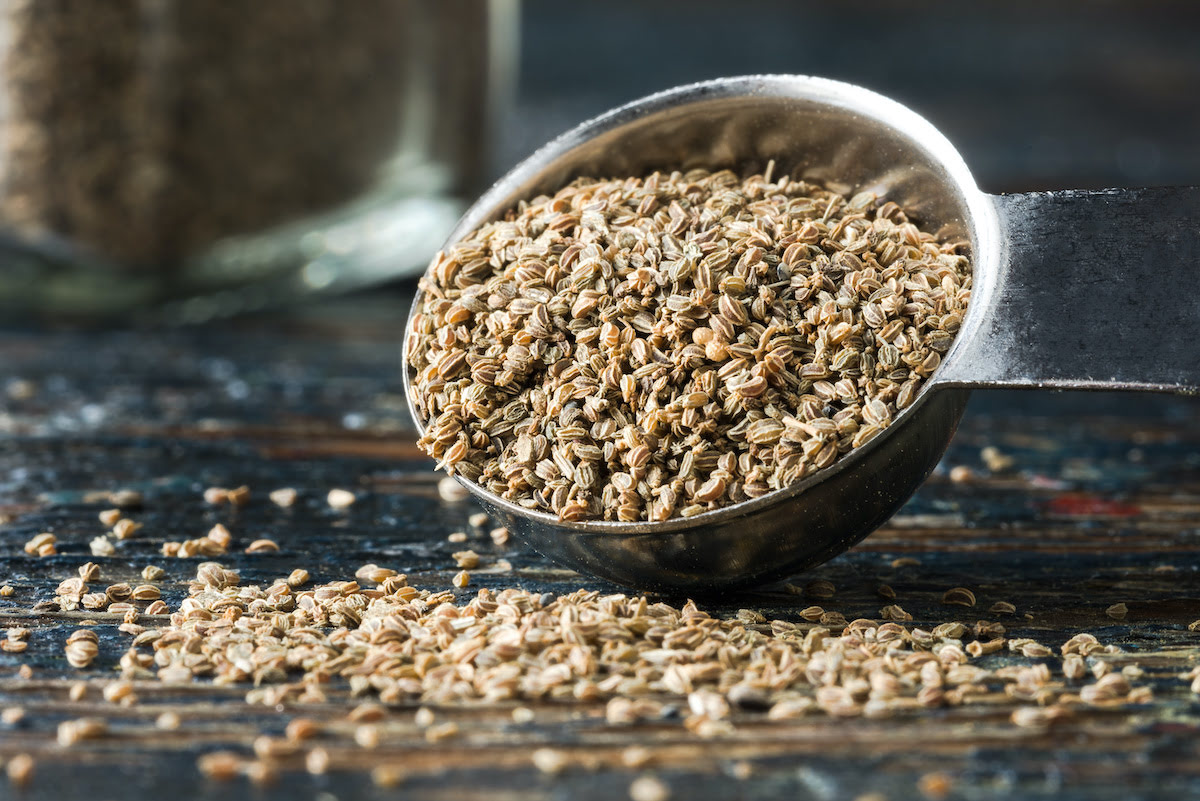
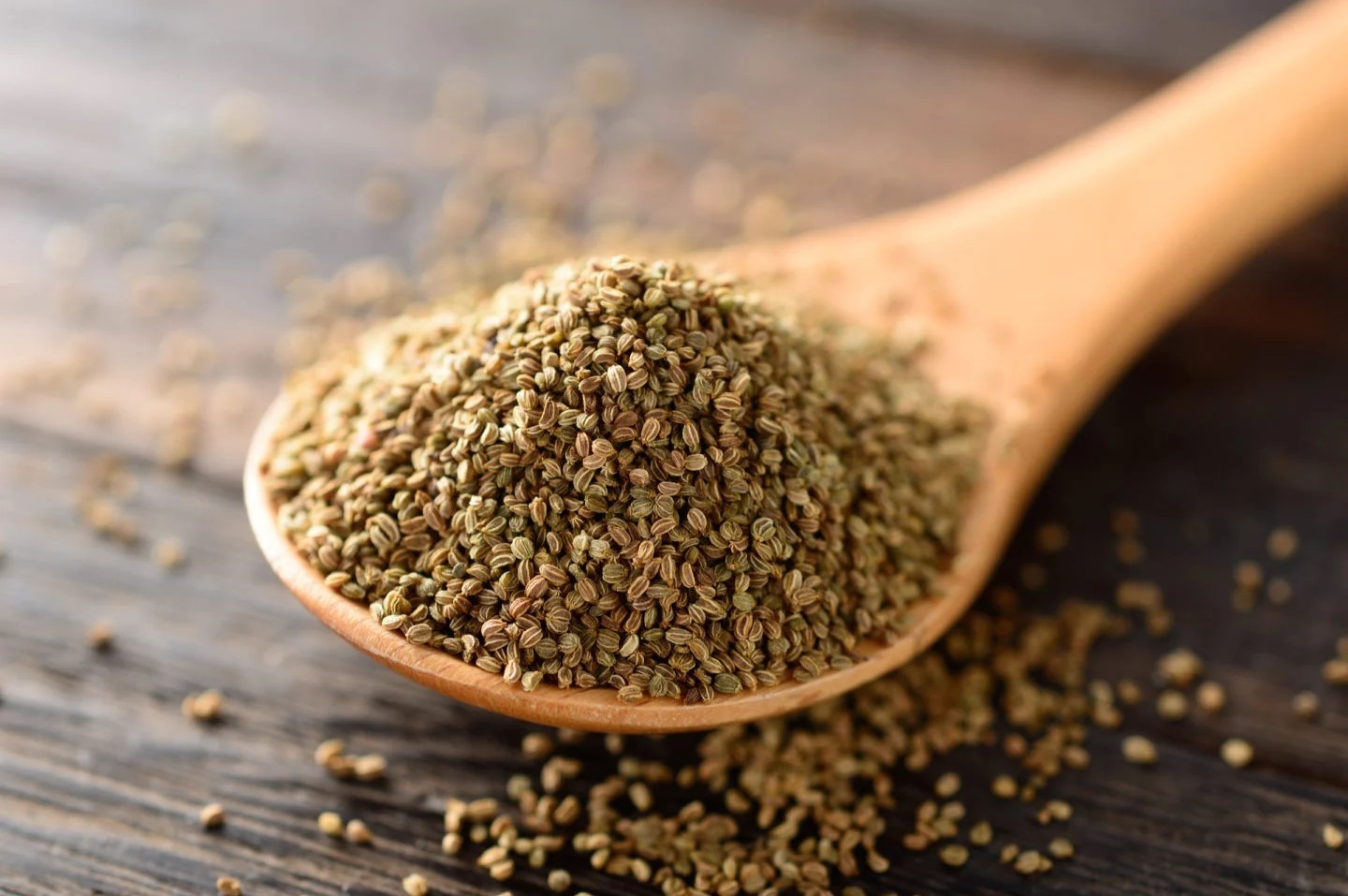
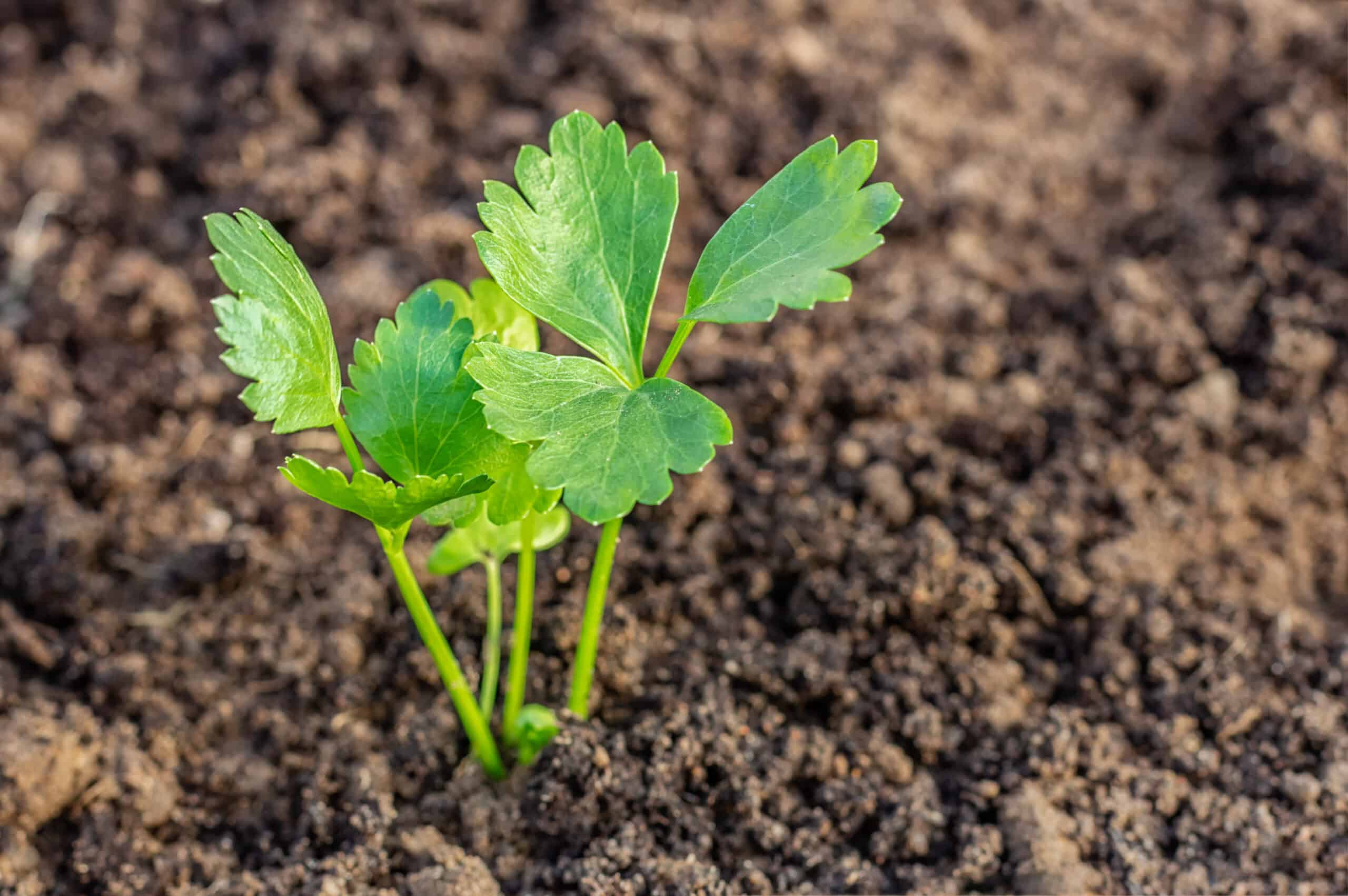
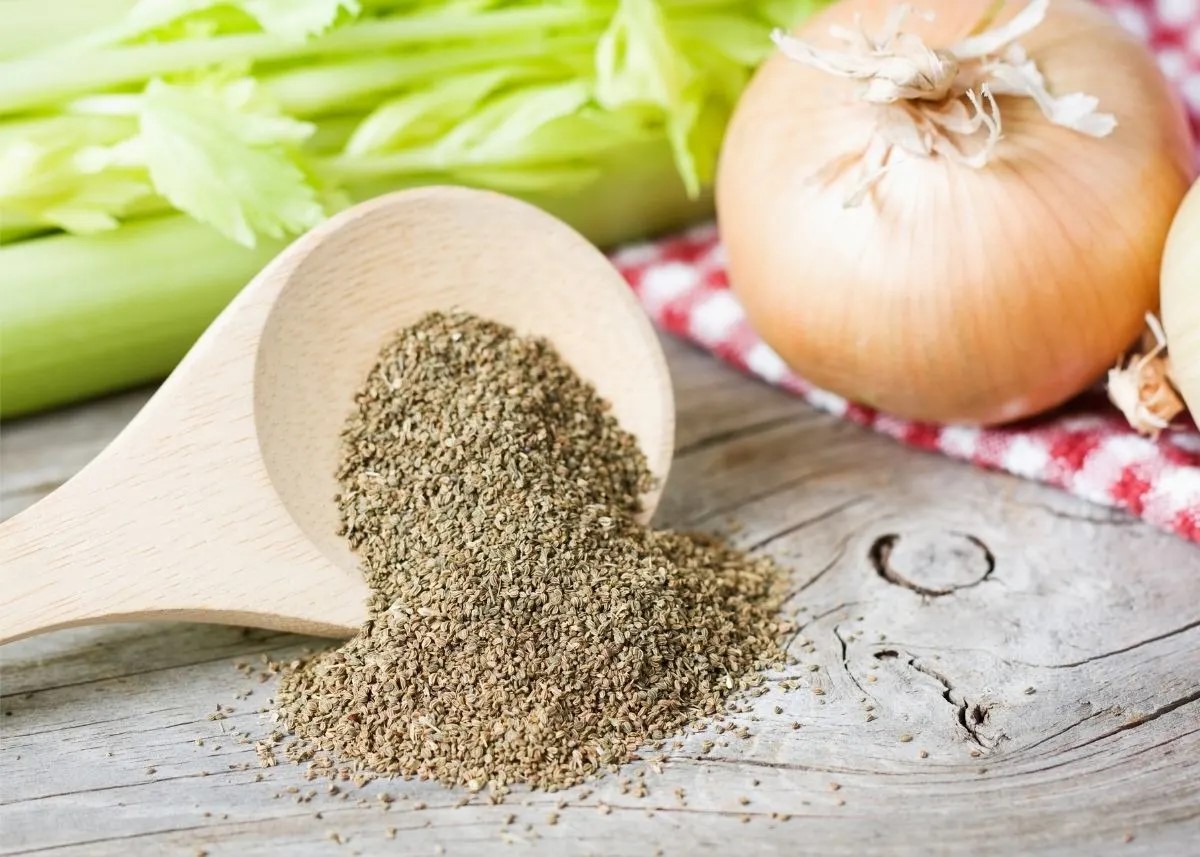
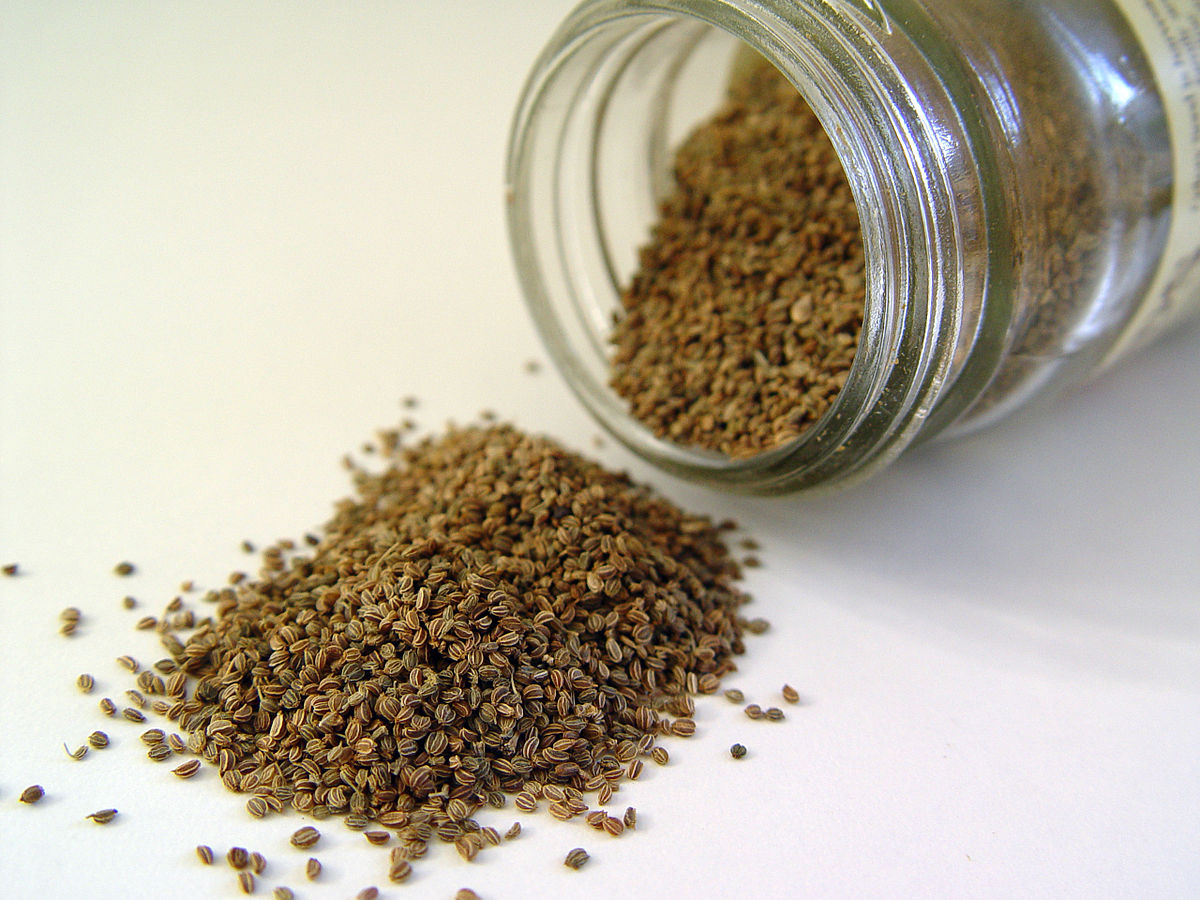
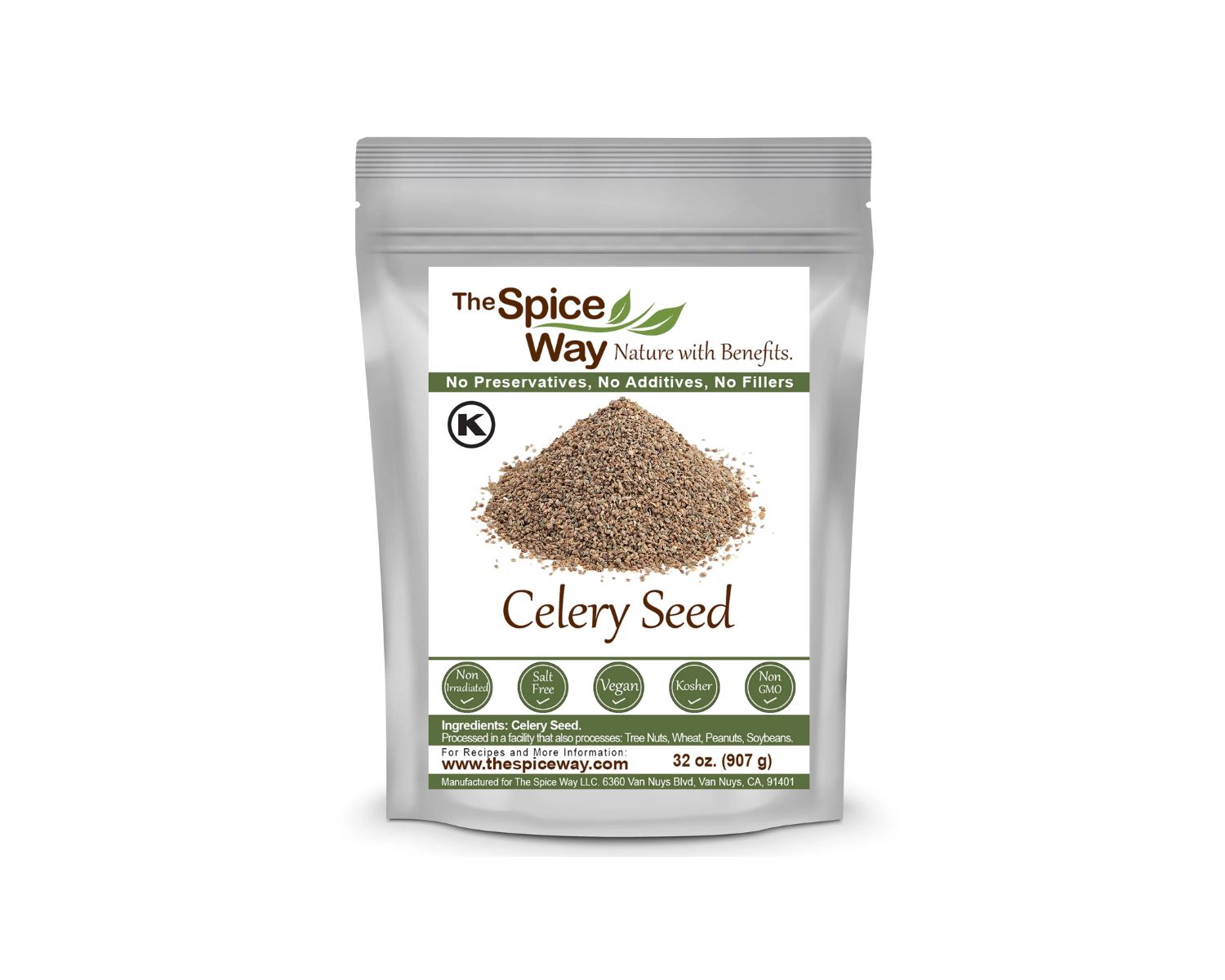
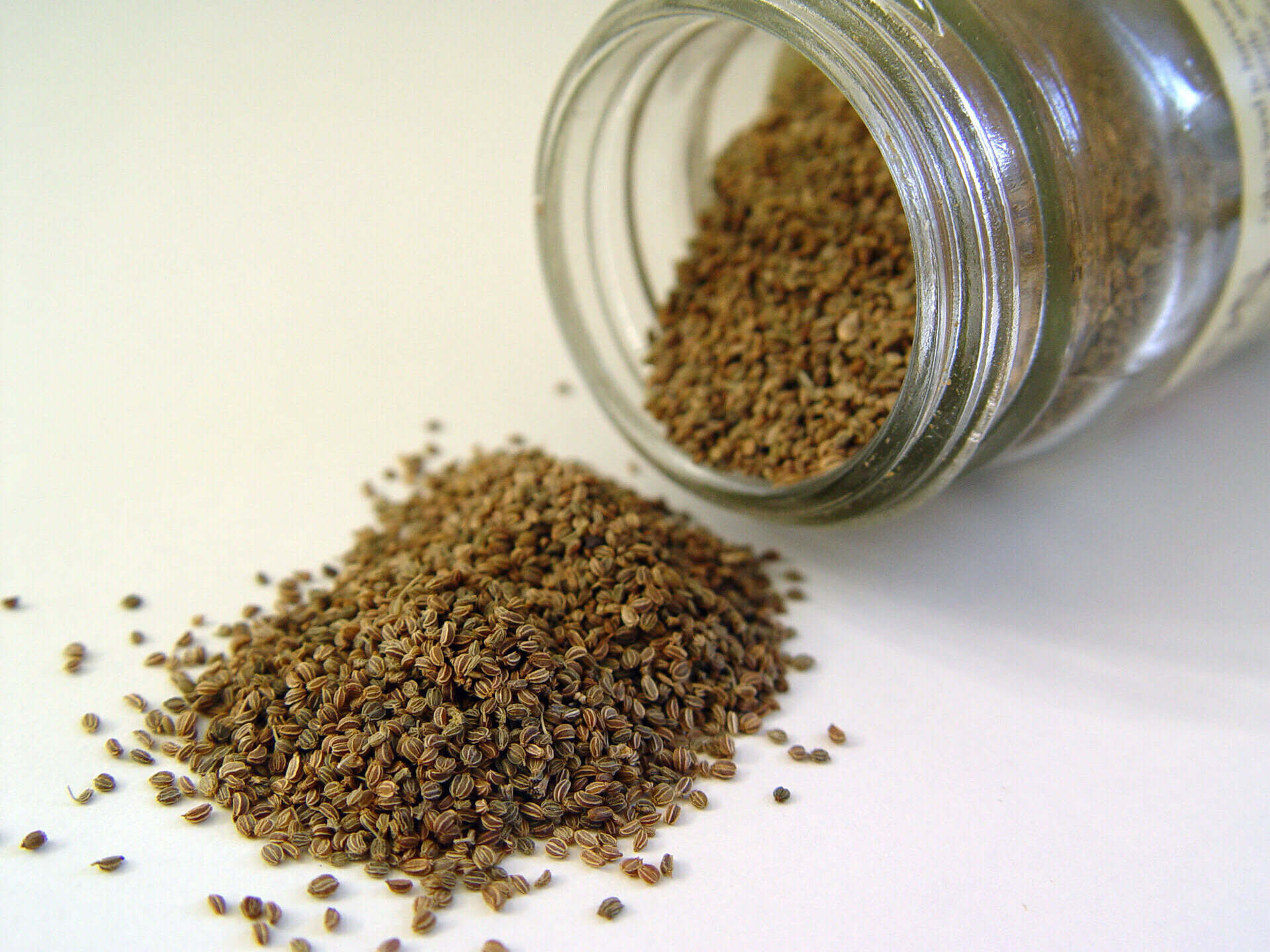
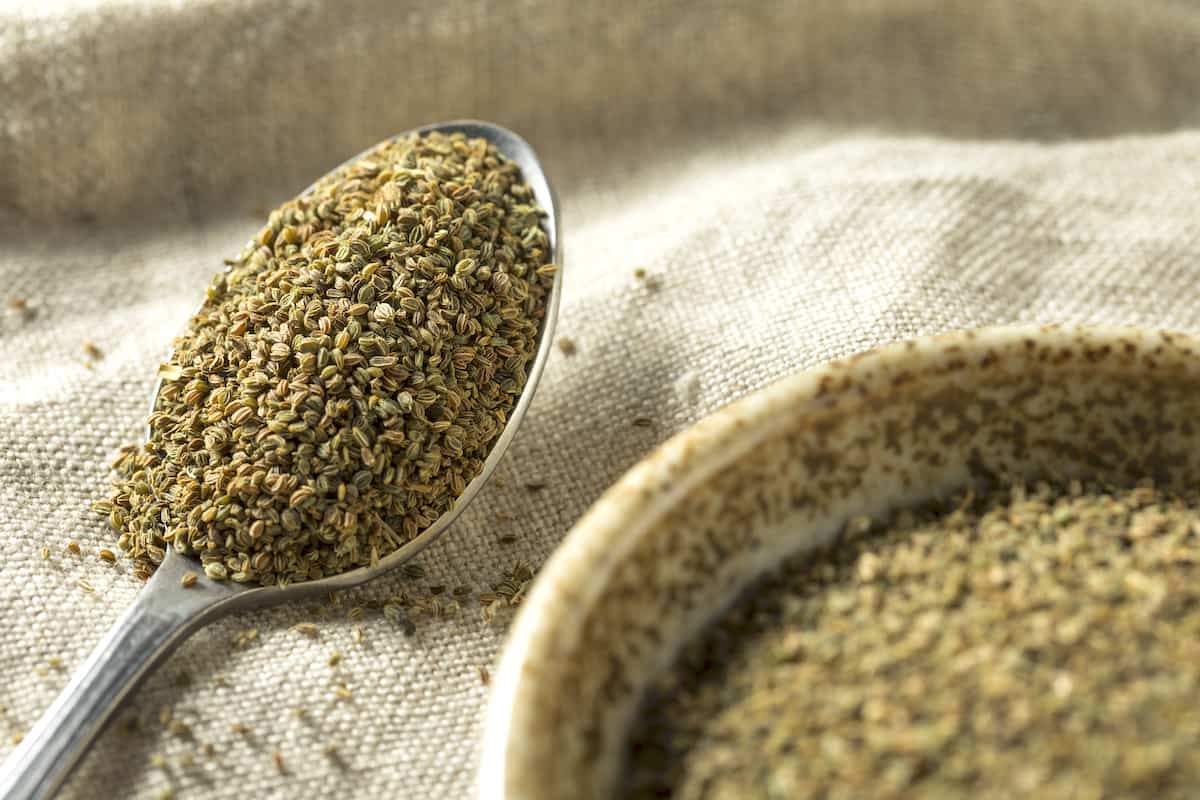
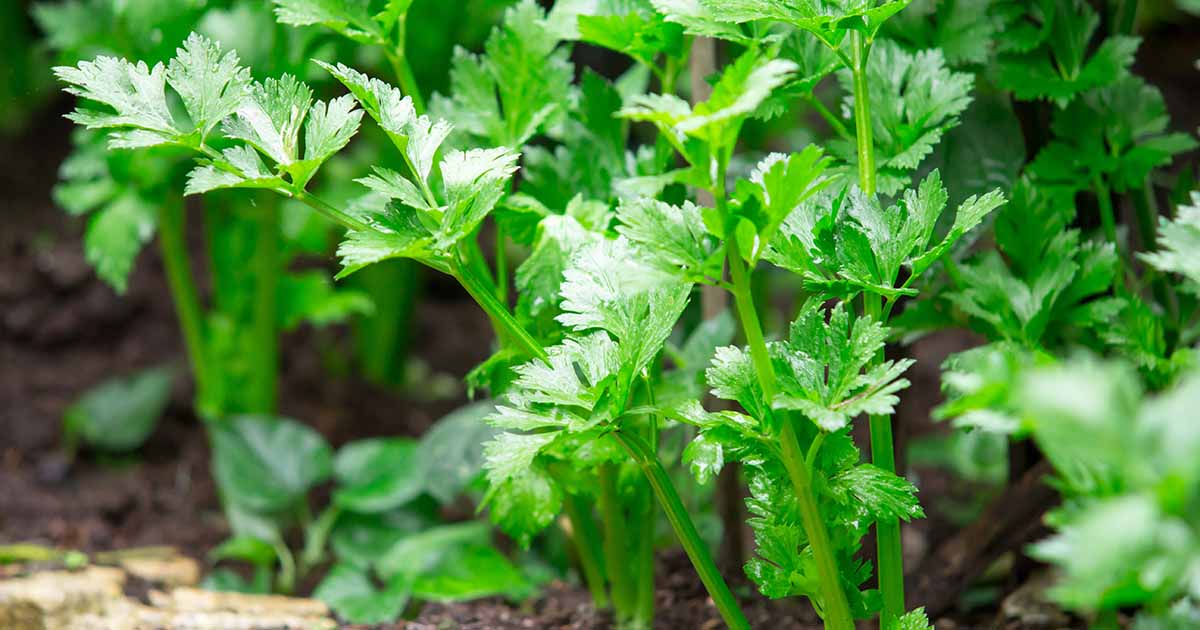
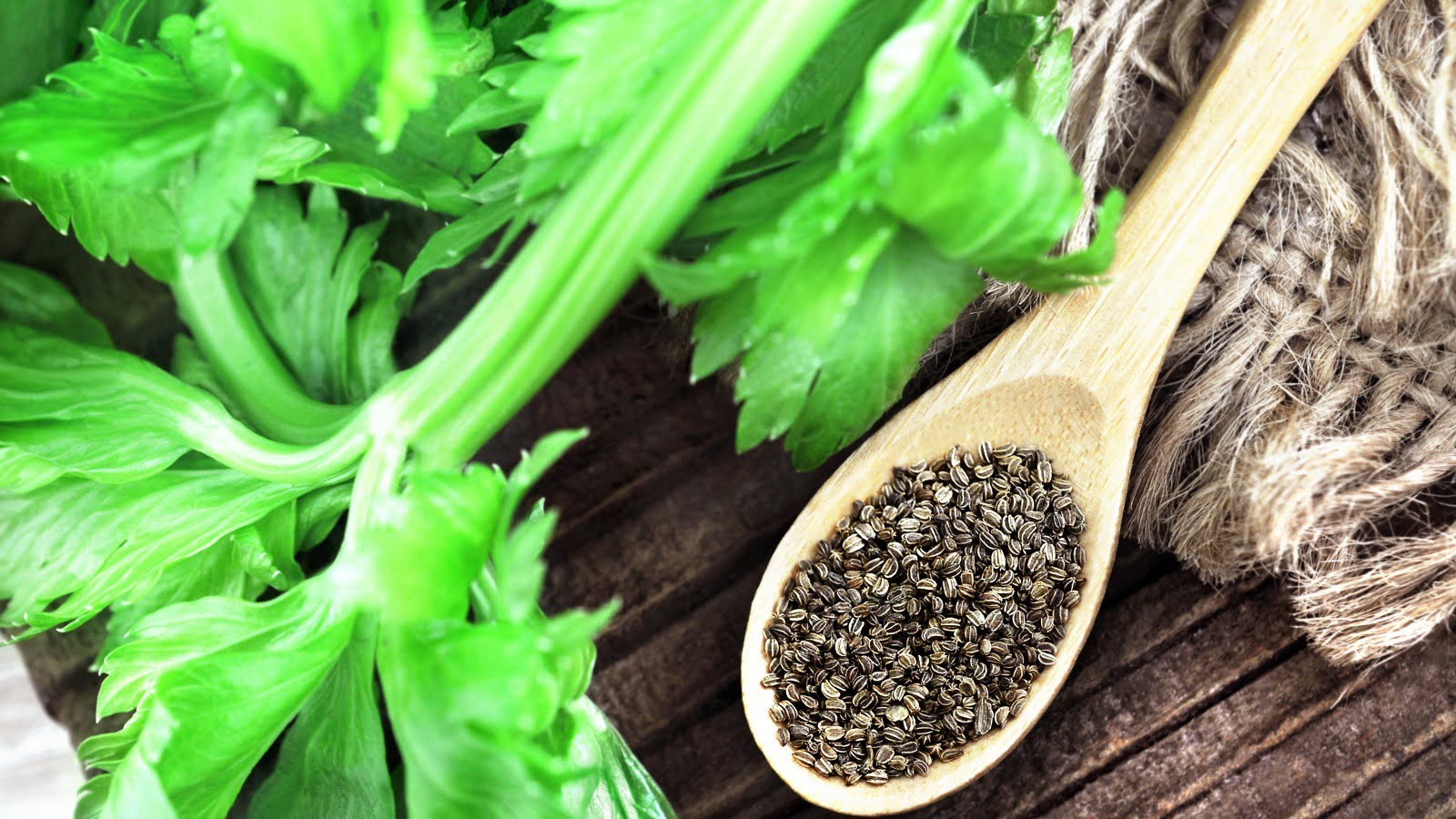

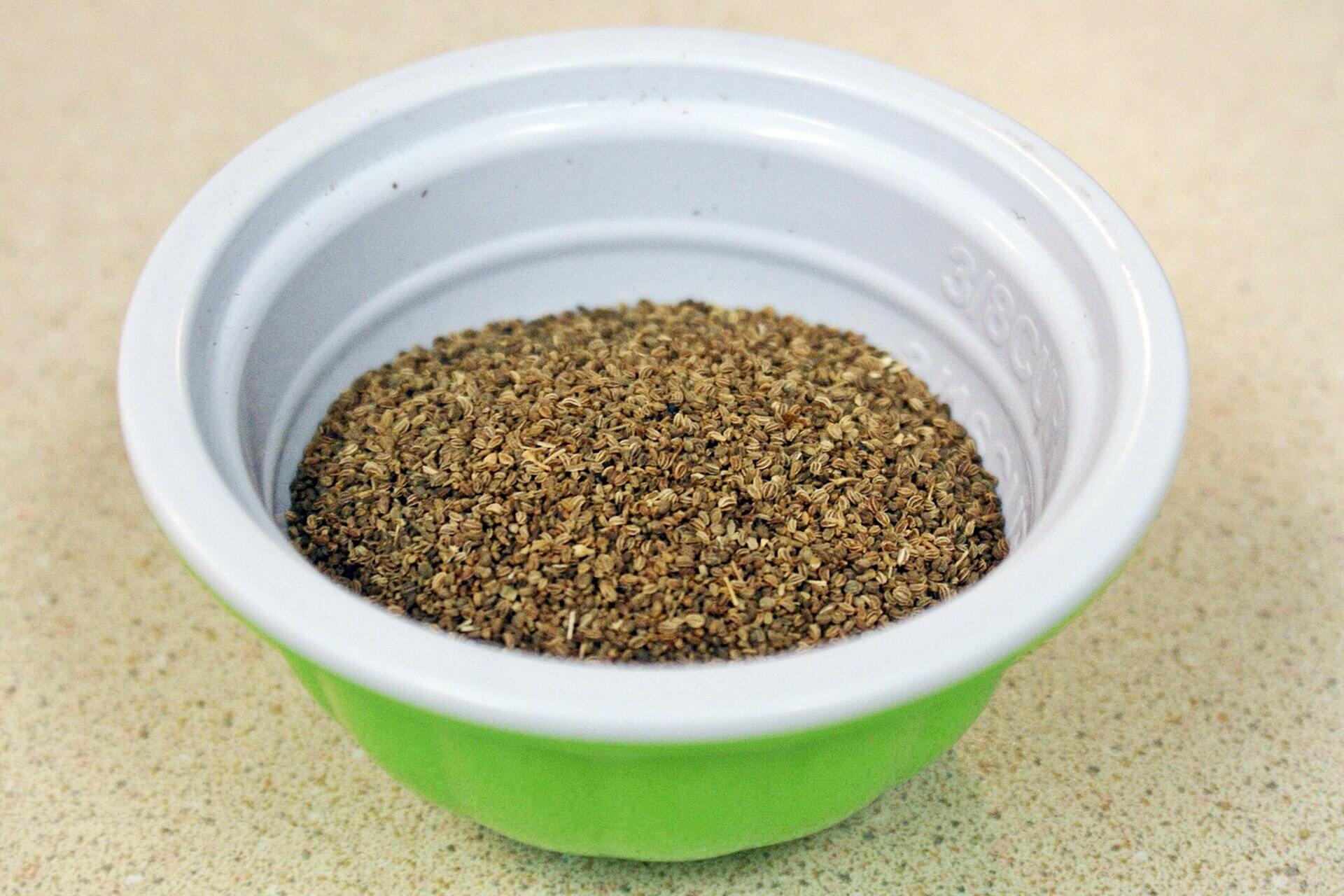
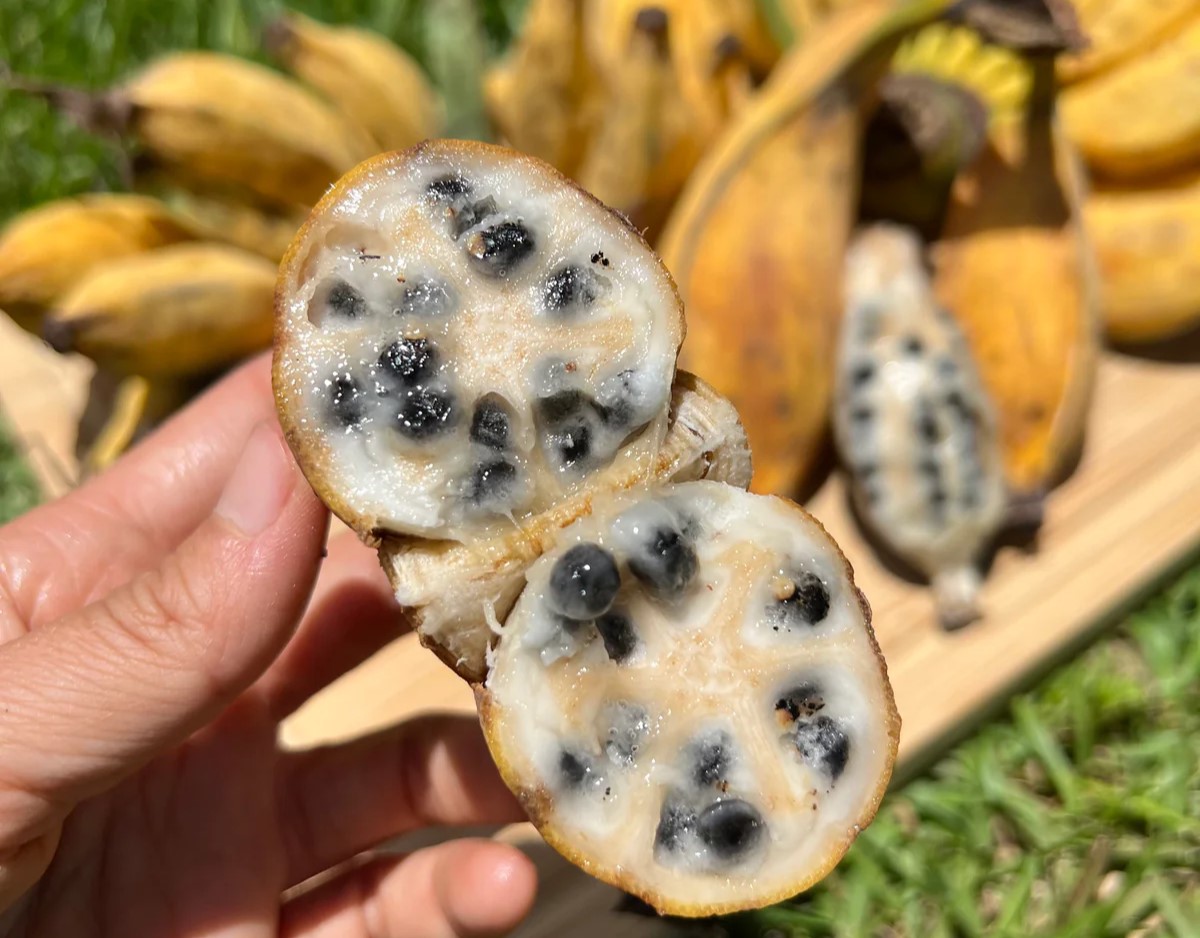
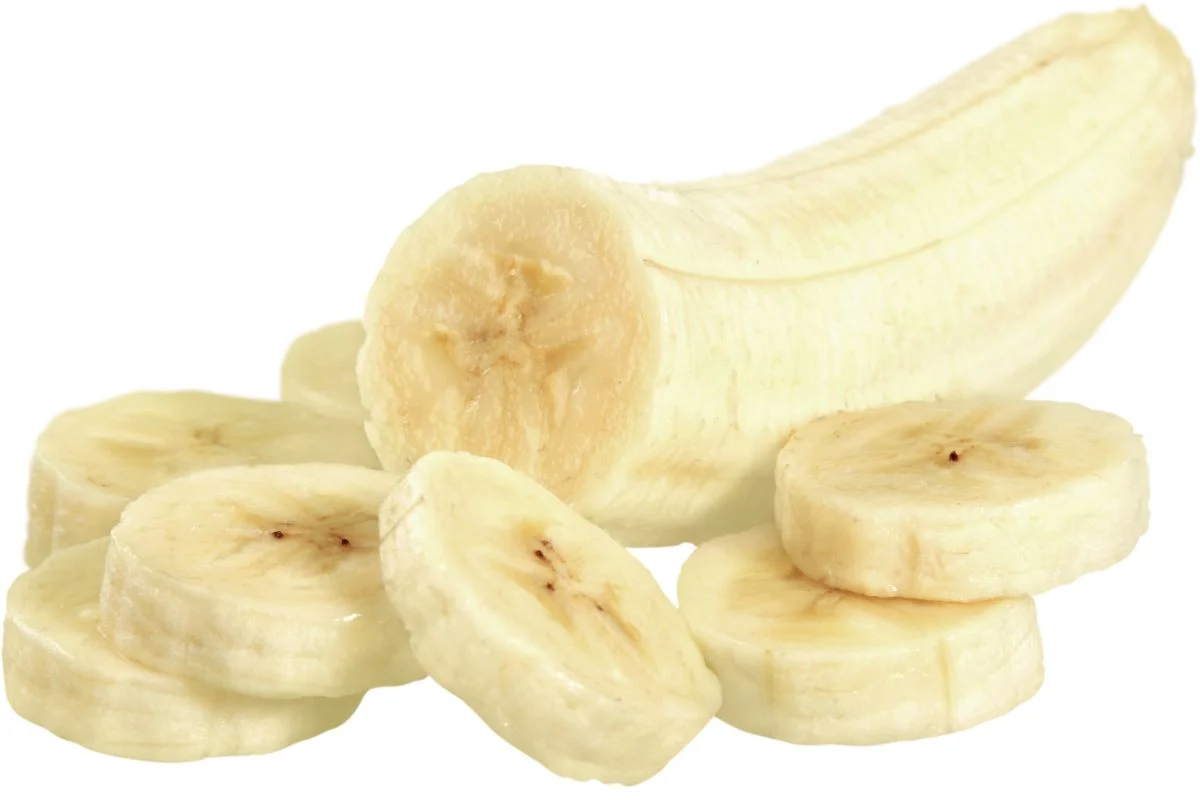

0 thoughts on “Where Are Celery Seeds”